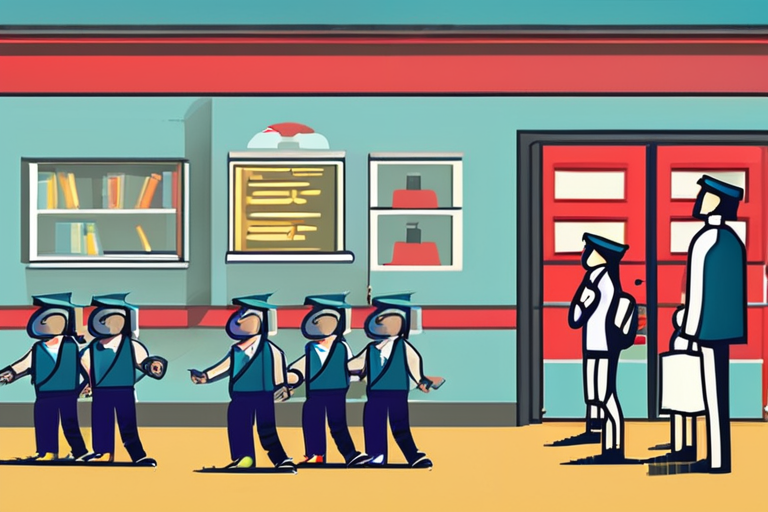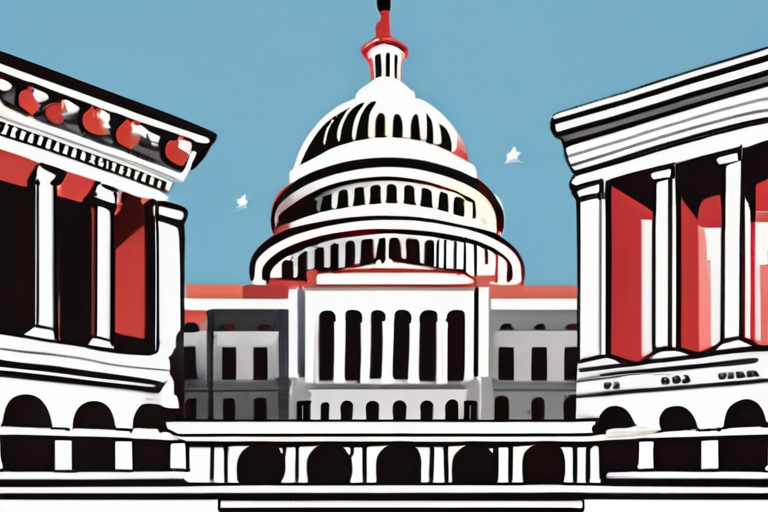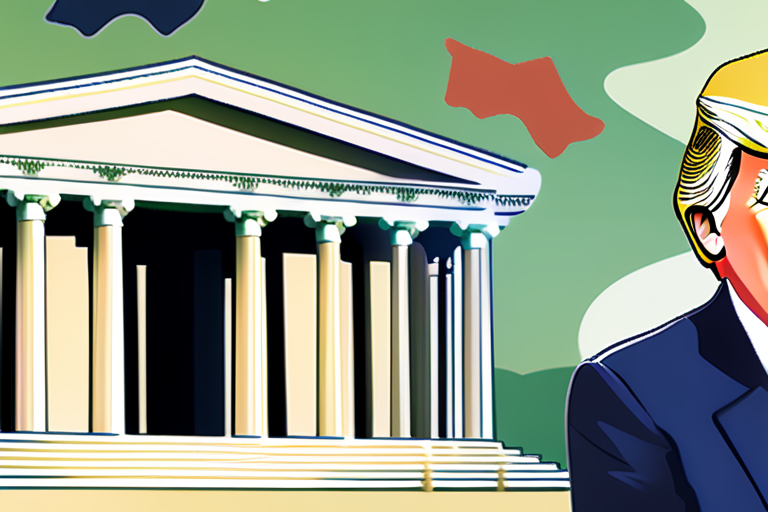Trump's Education Overhaul: 5 Ways Public Schools Are Under Siege


Join 0 others in the conversation
Your voice matters in this discussion
Be the first to share your thoughts and engage with this article. Your perspective matters!
Discover articles from our community

 Hoppi
Hoppi

 Hoppi
Hoppi

 Hoppi
Hoppi

 Hoppi
Hoppi

 Hoppi
Hoppi

 Hoppi
Hoppi

New York Fashion Week SS26: Fresh Faces Emerge Amidst Industry Giants A new crop of independent designers took center stage …

Hoppi

Government Shutdown Showdown: Trump's Axe Wields Big Financial Consequences As the US government shutdown enters its third day, President Donald …

Hoppi

Trump Asks US Supreme Court to Uphold Tariffs After Lower Court Defeat President Donald Trump has petitioned the US Supreme …

Hoppi

ChatGPT's New Branching Feature Reminds Us AI Chatbots Aren't People On Thursday, OpenAI announced a significant update to its popular …

Hoppi

AMD Wins Massive AI Chip Deal from OpenAI with Stock Sweetener In a multi-billion dollar deal that is set to …

Hoppi

French Montana attends Paris Fashion Week - Menswear SpringSummer 2026, on June 28, 2025 in Paris, France. Edward Berthelot Love …

Hoppi